Mespelbrunn: Forest Specialties at the Idyllic Castle
The small commune of Mespelbrunn in Lower Franconia is known for the same-name castle - the main attraction of the forest region of Spessart. The castle has been perfectly preserved since the XVI century. It became the scene of action of the novel "The Tavern in the Spessart" by Wilhelm Hauff in 1826 and of the same-name comedy filmed here in 1957. All this brought popularity to the city among tourists.
Cafes, bars and restaurants in Mespelbrunn
See all
Restaurants
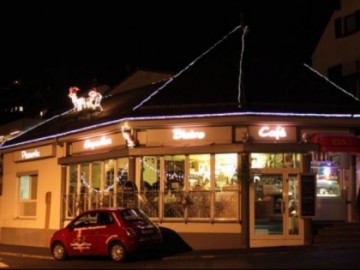
Eispavillon
Bistro • Café
+49 6092 325
Payment methods:
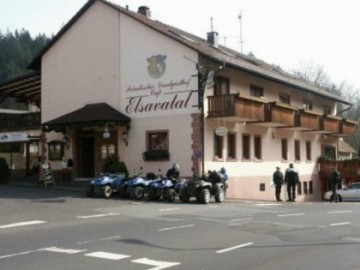
Elsavatal
Restaurant • Inn
+49 6092 289
Payment methods:
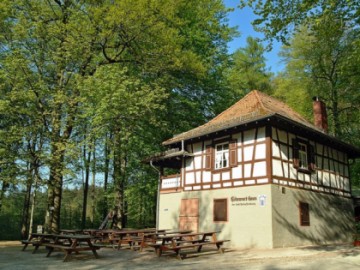
Hohe Wart Haus
Brewery • Biergarten • Tavern
+49 6021 33980
Payment methods:
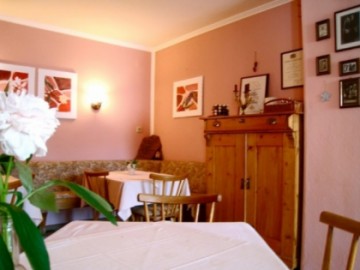
Zur schönen Aussicht
Biergarten • Catering
+49 6092 1527
Payment methods:
Nearby
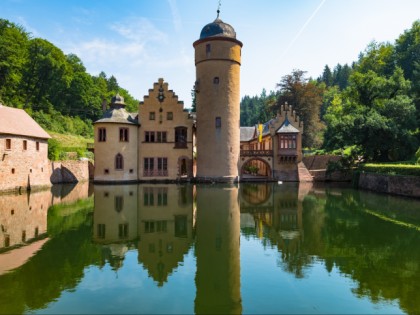
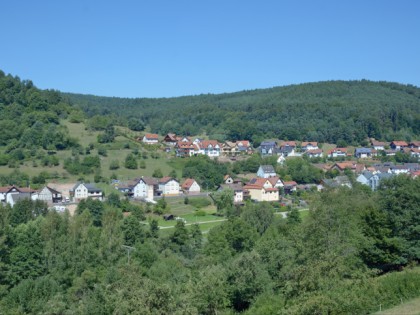
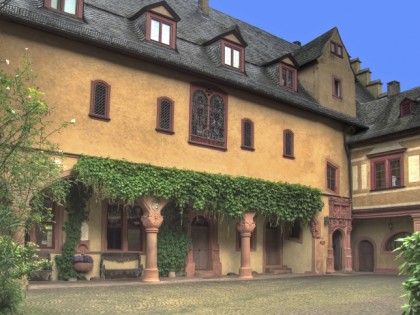
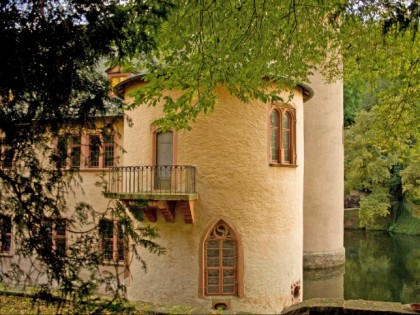
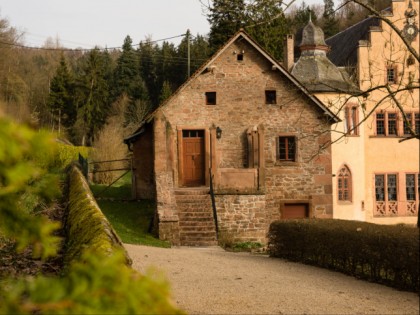
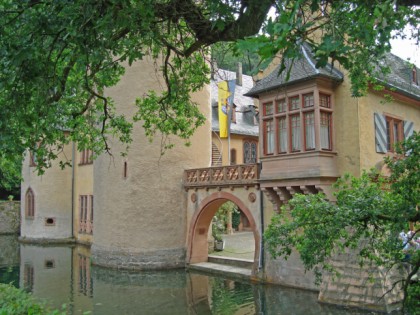
 Castles, Fortresses and Palaces
Castles, Fortresses and Palaces
 Architectural Monuments
Architectural Monuments
